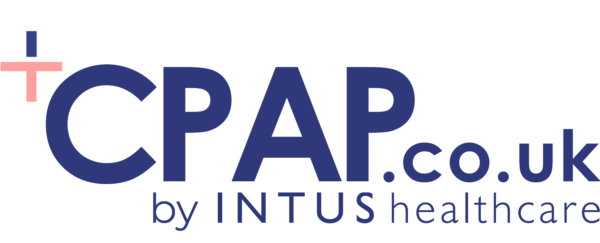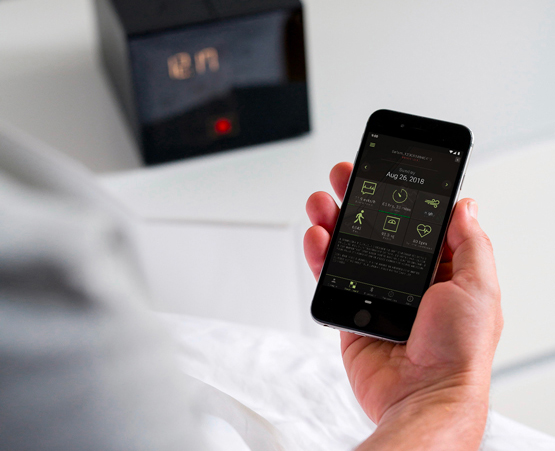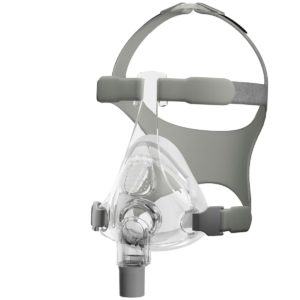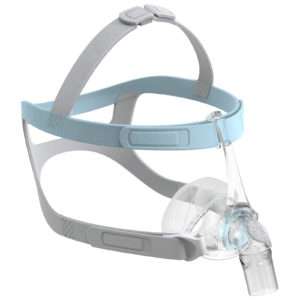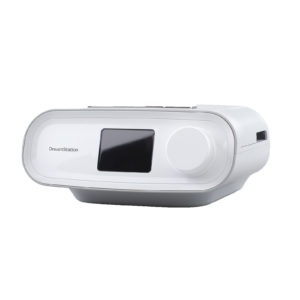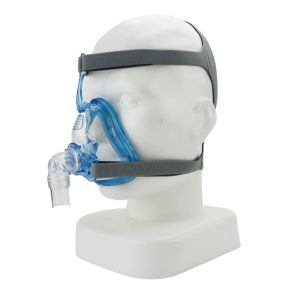Last updated on April 10th, 2025 at 10:06 am
CPAP machines are the gold standard treatment for Obstructive Sleep Apnoea (OSA). Not only are these mechanisms extremely versatile, but the modern designs ensure you experience superior levels of comfort.
If you’re new to CPAP therapy, you could be wondering what pressure should my CPAP pressure be set at?
It’s important to understand the pressure settings on your CPAP machine, as you may need to make adjustments.
Let’s examine the basics of CPAP machines and their CPAP pressure settings.
Table of Contents
What should my CPAP pressure be?
There are a few different Sleep Apnoea machines, the device is paired with a mask and tube and is known as CPAP therapy (Continuous Positive Airway Pressure). There are two different types of machines that require different pressure settings.
So, what is a CPAP machine, and how does it work?
- Automatic CPAP Machines are the most popular form of CPAP therapy. They use a range of advanced sensors to detect exactly how much pressure you need at any given time. When there is no danger, the pressure is kept low; when an apnoea (breathing obstruction) is likely to occur, the pressure is increased to stave it off.
- Fixed-Pressure CPAP Machines were the original form of CPAP therapy and are still used by thousands of CPAP patients worldwide. A fixed-pressure machine is just that: a pressure that stays at one constant pressure at all times. This pressure is usually prescribed by your doctor or sleep clinic. If you do not have a prescribed pressure (most people do not), then you will require an auto CPAP machine.
How does the pressure from a CPAP machine work?
Automatic CPAP Machines: This machine is set on a range of pressures (i.e. 4.0cmh20-20cmh20). When you put your mask on and turn the machine on, it will start at a pressure of 4.0cmh20.
The pressure will stay at this figure until you go to sleep. Once the machine detects that you are asleep, it will increase and decrease the pressure within the pressure range as and when needed. As these machines work under a range of pressure, the pressure settings should not need to be adjusted.
Should you wake up during the night with a high amount of pressure, this can be caused by breaking your mask seal when you move.
The machine will detect an air leak and increase the pressure to compensate for the air leak.
If this happens, then just press your ramp button on your CPAP machine, and this will take the pressure back down to 4.0cmh20. This will allow you to adjust your mask, get comfortable, and settle back down to sleep.
Fixed pressure CPAP machines: This machine is set on a specific pressure setting and is constant. From when you turn the machine on to when you turn the CPAP machine off.
Should you feel the symptoms of Sleep Apnoea creeping back in, such as snoring, choking in sleep or headaches. Speak to your CPAP provider. They may ask to look at your data to see if your pressure settings need to be adjusted.
CPAP vs BiPAP?
An alternative to a CPAP machine is a BiPAP machine. BiPAP devices are required if you need a higher than 20 cmH20 pressure. A BiPAP device provides different pressures for inhaling and exhaling.
The pressure settings that you need all depend on the severity of your OSA. Lifestyle changes can help to reduce symptoms and severity. Weight loss, quitting smoking and exercising more are some of the few changes you could make to help your Sleep Apnoea.
Most CPAP machines have a wireless smartphone data app, such as the ResMed myAir app. MyAir makes it easier to read your CPAP pressure settings and detect issues through your myAir score.
We have made a guide on all you need to know about the myAir app in our blog.
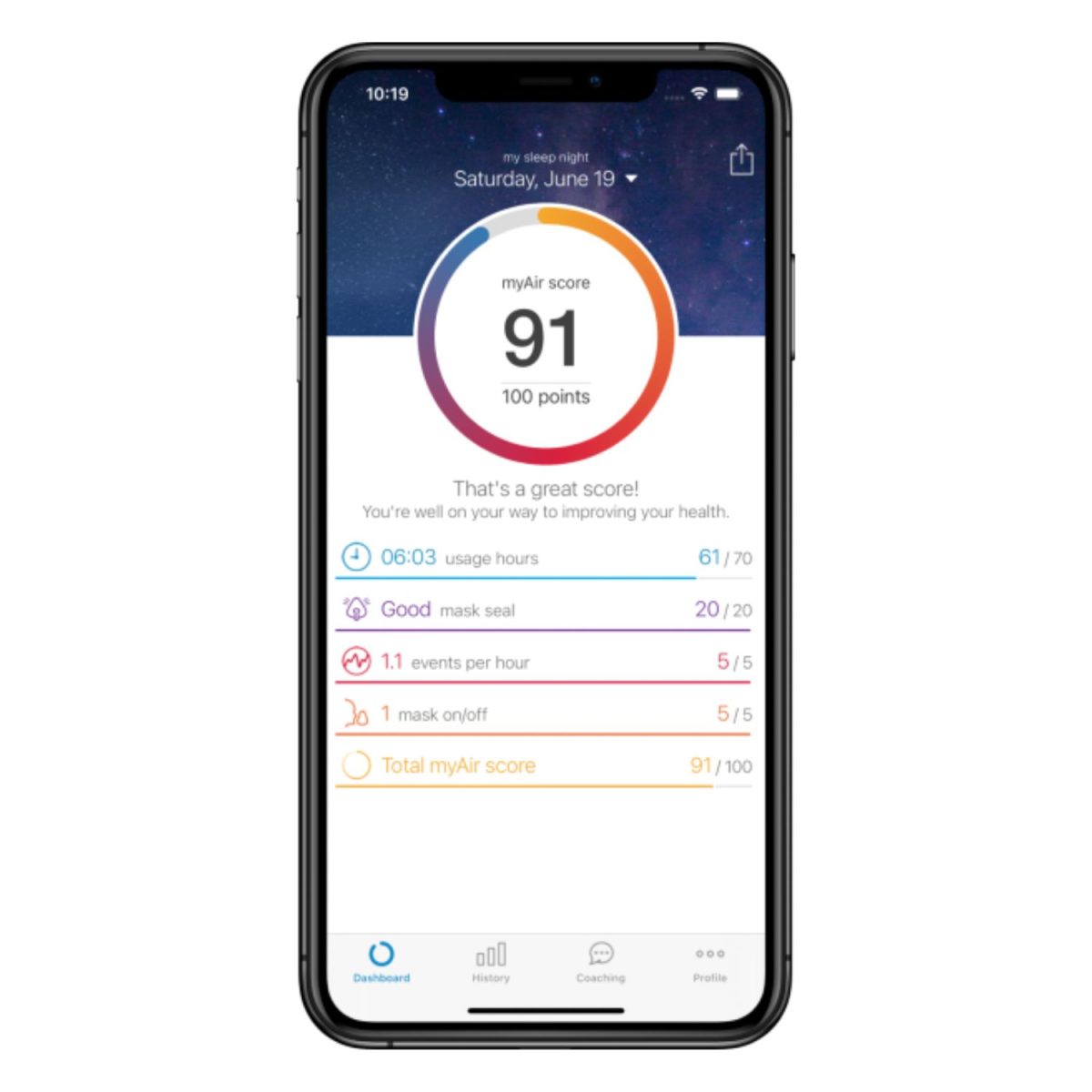
Ramp feature on CPAP settings
Most CPAP machines have a ramp button on the device.
It is normally near the power on/off button and has a triangle on its side on the button. The ramp feature is designed to make the start of your CPAP therapy more comfortable – making it easier to fall asleep.
The ramp time is CPAP user-specific. It is a period of time during which the therapy pressure increases from a low start pressure to a prescribed/required pressure setting.
CPAP users can set this to between 5 and 45 minutes, or it can be switched off.
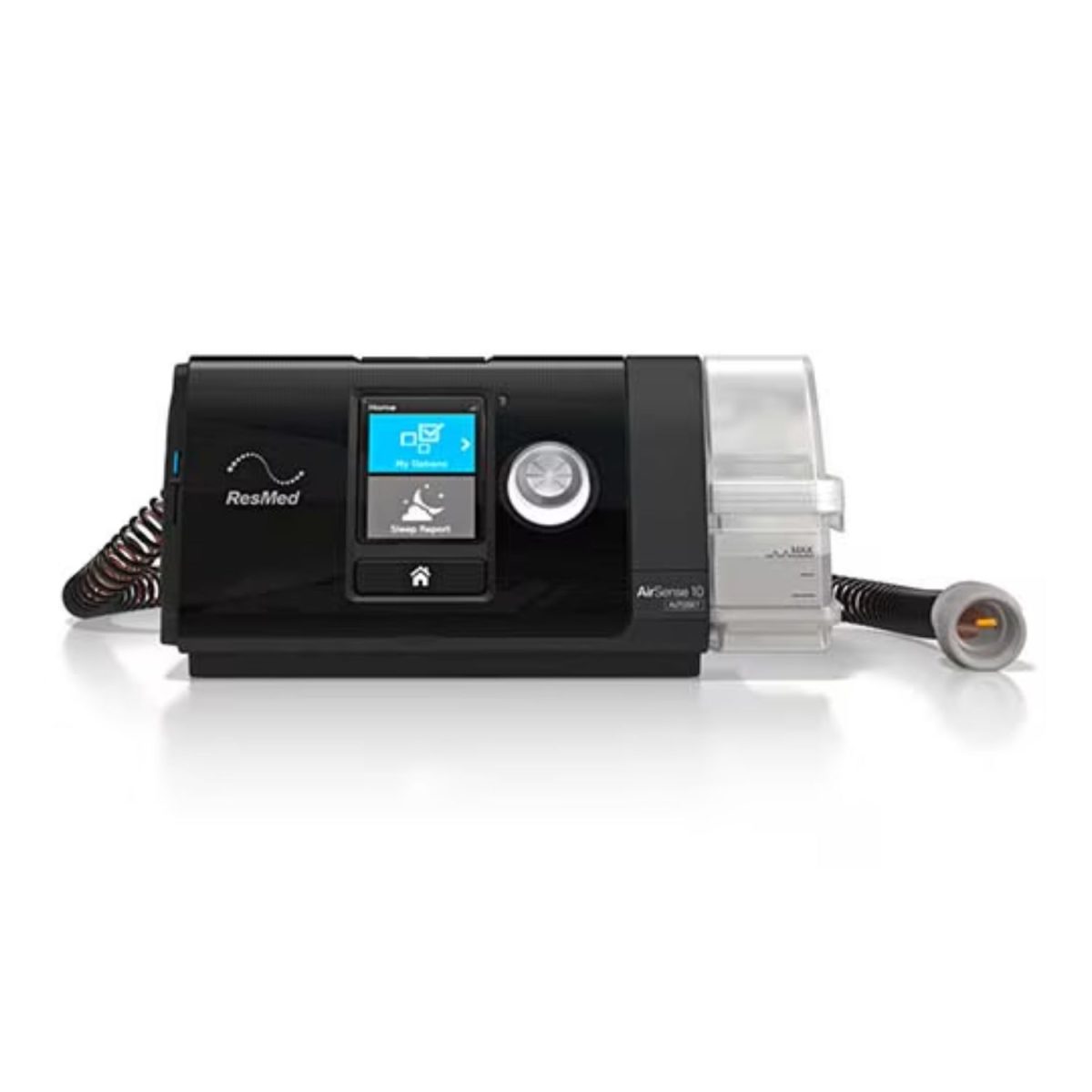
Related article: What are the numbers on my CPAP machine, and what do they mean? For more helpful information on CPAP settings and numbers.
Why are CPAP pressure settings important?
Your CPAP pressure settings are important to ensure that each CPAP user gets the required pressure needed. To help reduce/stop Sleep Apnoea events and Sleep Apnoea symptoms.
Your AHI (Apnoea Hypopnoea Index), which means the number of apnoea events per hour (breathing pauses), is used to calculate your pressure settings.
Generally, the target AHI when using a CPAP machine is 5 or under.
Should your AHI number not be near the target AHI, then it is worth reviewing your CPAP data. To see if there is anything you can do to reduce your AHI or change your CPAP settings.
A higher AHI can be down to wearing the incorrect CPAP mask or mask size – causing your machine to blow out too much air.
We are happy to review any of our customer’s data that purchase a CPAP machine from us. We always suggest to new CPAP users to send us their data after 1 month of use.
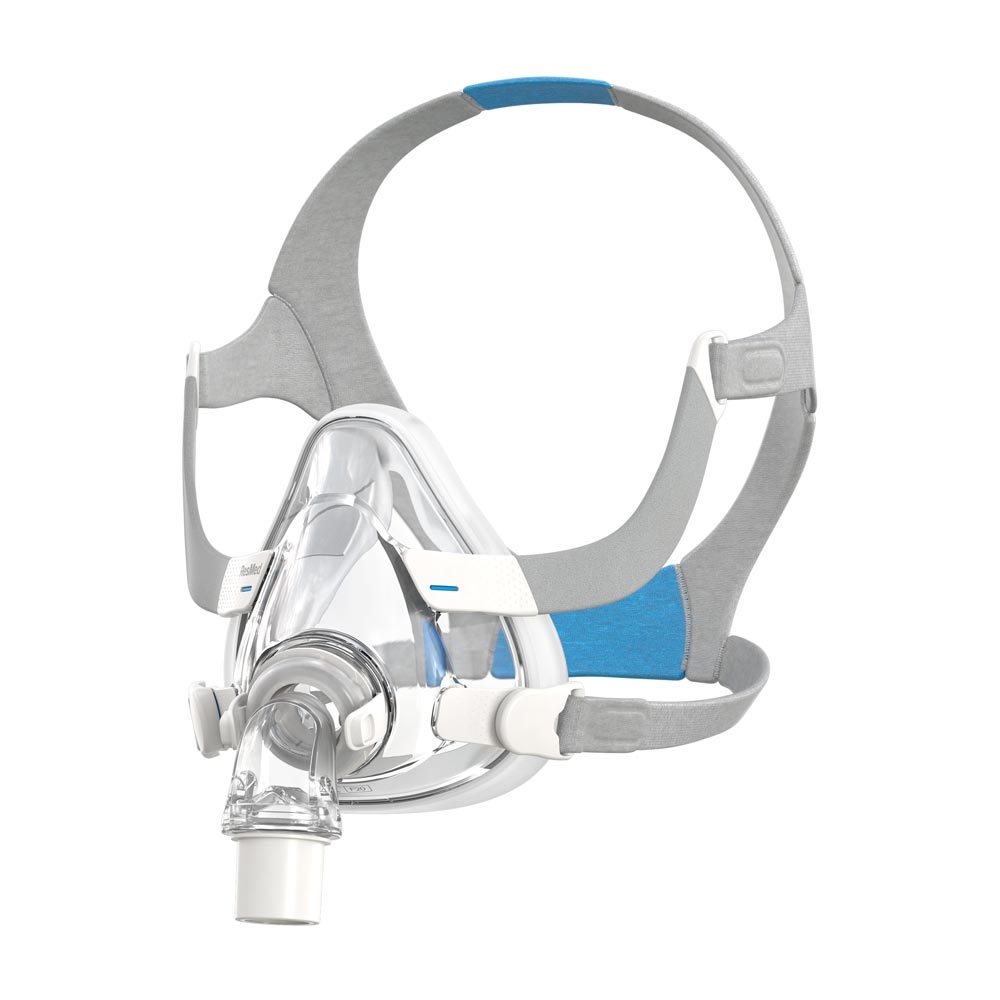
How do CPAP masks affect CPAP pressure?
A few factors can affect the pressure of your Sleep Apnoea therapy; it is useful to know how to prevent the issues from occurring.
Mask Type – There are 2 types of CPAP masks:
- Full-face CPAP masks – For those who breathe through their mouth and nose when sleeping.
- Nasal pillows or nasal cushion CPAP masks – For those who breathe from their nose during sleep.
Mask Size – We always suggest to customers to ensure they use the ‘sizing guide’ specific to the CPAP mask they have selected.
Ensure you measure your face to purchase the right size mask. You can find the sizing guide under the ‘downloads tab‘ on the product page, to print it out. Take a look at the ResMed AirFit F20 sizing guide to the right.
The better the fit, the better the mask’s seal on your face, which equals better CPAP therapy with minimal air leaks. You could also experience aerophagia if your mask does not fit correctly. Aerophagia is when you swallow too much air, resulting in burping, bloating and stomach gas.
If you are unable to print out the sizing guide, you can choose a FitPack. These masks include two or three mask cushion sizes for you to try at home.
Mask Fit – If you are struggling to get a good seal with your mask, then we suggest the following
- Check the sizing guide to ensure you have the right size mask for your face.
- Watch a fitting video for your mask online to see if this helps you ensure you are adjusting your mask and wearing it correctly.
- Adjust your mask in the lying down position as your face is a different shape lying down to sitting up.
- RemZzzs Mask Liners – These are soft cotton fabric liners that create a barrier, absorb skin oils, and reduce air leaks, skin irritation and pressure marks. Try a sample pack of mask CPAP liners for just £6.99.
Mask Seal – If you knock your mask while moving in your sleep, then this can break the seal, which results in the CPAP machine increasing the pressure to compensate for the CPAP air leak. Take into account how you sleep at night. For example, if you sleep on your side, the DreamWear full-face mask allows you to move around more freely, preventing a bad seal.
Tip – If you wake up from a broken seal and the pressure is too high. Press the ramp button to reduce the pressure. Adjust your mask, and then you can settle back down to sleep.
Round up on CPAP pressure settings
If you’ve got any questions about your CPAP device or pressure settings, contact us.
We will be happy to help. You can also contact your sleep physician for more guidance on using your CPAP.
Our goal, always, is to ensure you get optimal use from your CPAP therapy – so you get the restorative sleep you deserve.
Need CPAP equipment or accessories? Shop now on our website.
Sleep Apnoea Testing
On Sale Now, Get 11% Off for a Limited Time! If you think you have OSA and have not had it confirmed, take an In-Home Sleep Test and find out within two working days.
The test is simple, affordable and takes just one night to complete.
We have excellent feedback on our sleep tests, as we support our customers throughout the entire process.
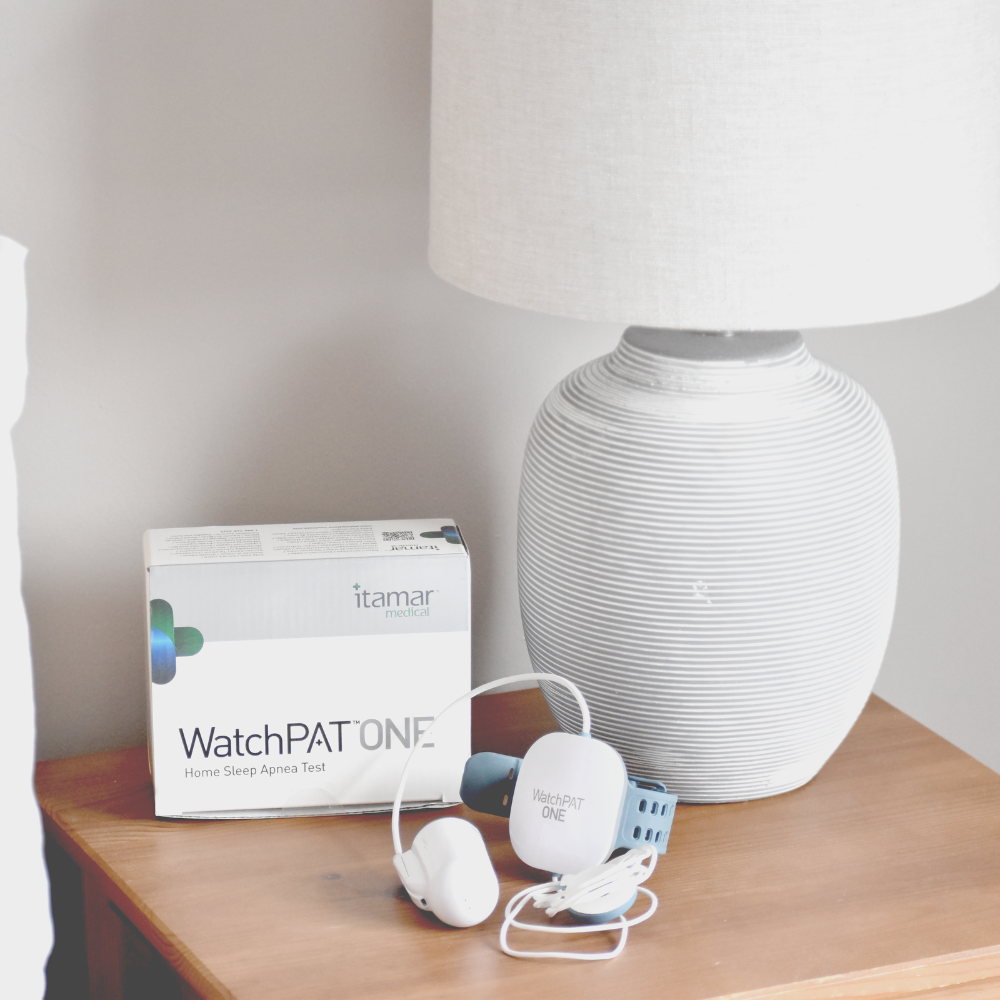
Published: 16th December 2019
